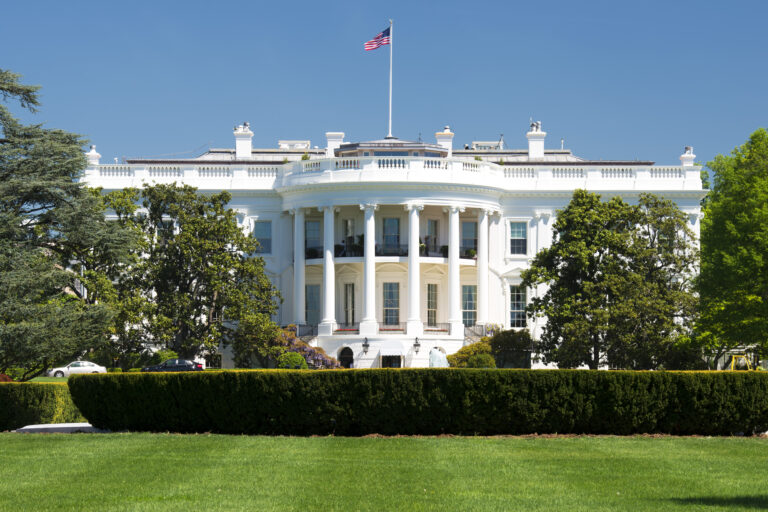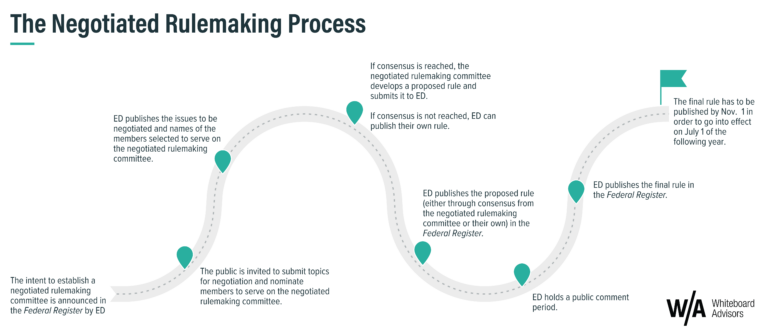New research from SHEEO reveals an upward trendline in higher education finances—but at a cost.
Fifteen years have passed since the start of the Great Recession, but state higher education funding is only now returning to pre-recession levels, according to a key financial metric published in a new report today. SHEEO’s latest State Higher Education Finance (SHEF) report found that funding to public colleges and universities has exceeded per-student funding level in fiscal year 2022. Public higher education appropriations saw a 4.9% increase above inflation, rising above pre-recession per-student funding levels for the first time since 2008. However, the “rosier” budget outlook for public colleges and universities is partially the result of steep declines in full-time equivalent (FTE) enrollment and an infusion of federal cash assistance that is set to run out.
Catch Up Fast
Traditionally, higher education funding has decreased during economic recessions even as enrollment declines. However, following a short recession in 2020 due to the COVID-19 pandemic, the historic patterns reversed in 2021 and 2022 with state commitments to higher education funding increased for the tenth consecutive year with a rise of $932 per FTE from 2020 to 2022, even as fewer students enrolled. The report’s authors found that “inflation-adjusted education appropriations per FTE were greater than pre-recession funding levels in 2008, by 3.1% or $304 per FTE.”
More Money, Fewer Students
Despite the encouraging financial trendlines for state funding, the report also sheds light on the broader set of challenges facing institutions. FY 2022 was the second-largest decline in public FTE enrollment since the inception of the SHEF dataset in 1980, and tuition revenue continued its decline.
What’s Next
Policy experts say the financial shift comes at a dear cost in terms of lost enrollment, but also signals an opportunity for public higher education.
“Many states are still underfunding higher education, especially community colleges and access-oriented institutions. That said, it’s encouraging to see funding for higher education growing at the same time that reform efforts to boost college completion are sweeping the country. The return in tax revenue and economic output will far exceed continued growth in appropriations, but states have to stay the course in maintaining funding even with an expected decline in federal assistance.”
Dr. Yolanda Watson Spiva, Complete College America




